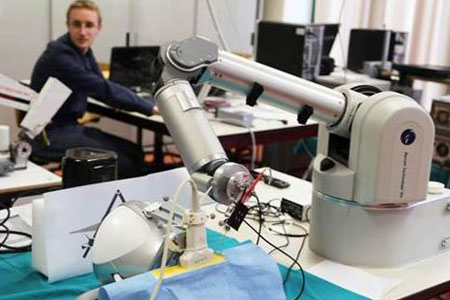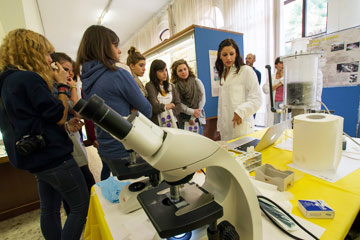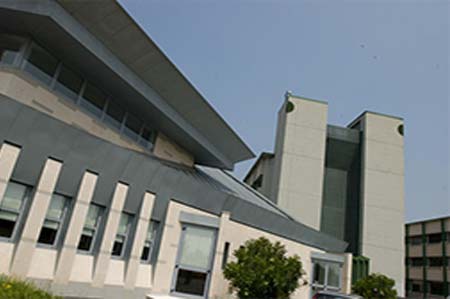Abstract -- What are the fundamental elements of sound? What is the best framework for analyzing existing sonic realities and for expressing new sound concepts? These are long-standing questions in sound physics, perception, and creation. In everyday life, our vocal apparatus offers body-based representations of sound, so that vocal imitations can be used as probes into the world of sound at large.
For the sake of sound design and interaction, vocal sketches can be machine interpreted and converted to procedural sound synthesis, thus affording iterative refinement and gestural control. For the sake of representation, we can develop a voice-based quantum description of sound, where "observables", "unitary evolution", and "measurement apparati" are defined to represent articulations in the vocal space of phonation, turbulence, and clicks. The inherent parallelism and ambiguity of evolving sonic sketches can be expressed as a pure state in superposition, and the epistemic uncertainty of the listener can be expressed as a mixture of states.
Bio -- Davide Rocchesso is interested in sound modeling, interaction design, and multisensory perception and action. His focus on research-through-design practices in continuous multisensory interaction is aimed at developing models and artefacts that are perceptually coherent, efficient, and controllable. He has led international research projects on sound modeling, sonic interaction design, and sonic sketching. As a professor at the University of Palermo, he has been coordinating the bachelor's and master's programs in computer science, designing a master's program in data, algorithms, and machine intelligence, and supporting the launch of a bachelor's program in artificial intelligence.







